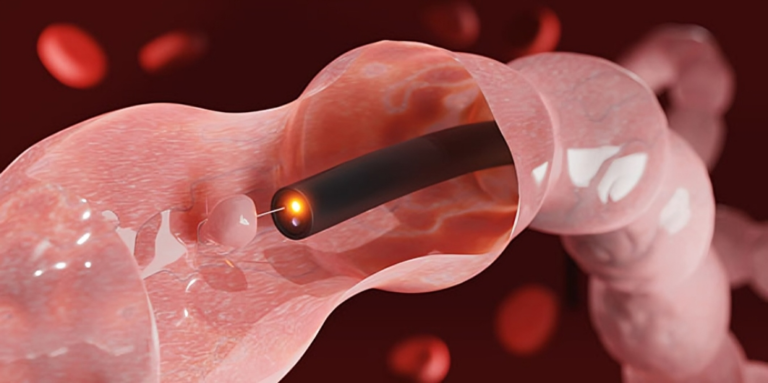Emerging Technologies And Innovations In Breast Cancer Research
Breast cancer remains a formidable adversary, affecting millions of women worldwide each year. However, amidst the challenges, the field of breast cancer research continues to make remarkable strides, fueled by advancements in technology and innovative approaches. From early detection to personalized treatments, emerging technologies are revolutionizing how we understand, diagnose, and treat breast cancer. In this article, we delve into some of the most promising innovations driving the future of breast cancer research.
To Know More About It Please Click Here
Genomic Profiling and Precision Medicine
Genomic profiling has ushered in a new era of precision medicine for breast cancer patients. By analyzing the genetic makeup of tumors, researchers can identify specific mutations and biomarkers that influence treatment response. This allows for tailored therapies that target the molecular characteristics of individual tumors, leading to improved outcomes and reduced side effects. Liquid biopsies, which detect tumor DNA circulating in the blood, offer a minimally invasive method for monitoring disease progression and treatment response over time.
Artificial Intelligence and Machine Learning
Artificial intelligence (AI) and machine learning algorithms are transforming how breast cancer is diagnosed and managed. These technologies can analyze vast amounts of medical imaging data, such as mammograms and MRIs, with unprecedented speed and accuracy. AI-powered tools can detect subtle patterns and anomalies that may not be apparent to the human eye, enabling earlier detection of breast cancer and reducing the risk of missed diagnoses. Additionally, machine learning models can predict patient outcomes and treatment responses based on clinical data, helping clinicians make more informed decisions about patient care.
3D Mammography and Molecular Imaging
Traditional 2D mammography has long been the standard screening tool for breast cancer, but 3D mammography, also known as digital breast tomosynthesis, offers a more detailed view of breast tissue. By capturing multiple images from different angles, 3D mammography improves the detection of small tumors and reduces false positives, leading to fewer unnecessary follow-up tests. Molecular imaging techniques, such as positron emission tomography (PET) and magnetic resonance imaging (MRI), provide valuable insights into the biological characteristics of tumors, guiding treatment planning and monitoring response to therapy.
Immunotherapy and Targeted Therapies
Immunotherapy has emerged as a promising treatment approach for breast cancer, harnessing the power of the immune system to recognize and destroy cancer cells. Immune checkpoint inhibitors, which block inhibitory signals that suppress the immune response, have shown efficacy in certain subtypes of breast cancer, particularly those with high levels of immune infiltration. Targeted therapies directed against specific molecular pathways, such as HER2-targeted drugs and PARP inhibitors, have also revolutionized the treatment landscape for breast cancer, offering new options for patients with advanced disease.
To Know More About It Please Click Here
Nanotechnology and Drug Delivery Systems
Nanotechnology holds great potential for improving the delivery of cancer therapies and overcoming treatment resistance. Nanoparticle-based drug delivery systems can enhance the accumulation of anticancer drugs within tumors while minimizing off-target effects on healthy tissues. These nanoparticles can be engineered to target specific molecular markers expressed by cancer cells, increasing the precision and efficacy of treatment. Additionally, nanotechnology enables the co-delivery of multiple therapeutic agents, such as chemotherapy drugs and immunotherapeutics, synergistically enhancing their anticancer effects.
Conclusion
As we continue to unravel the complexities of breast cancer, emerging technologies offer new avenues for prevention, diagnosis, and treatment. From genomic profiling to artificial intelligence and nanotechnology, these innovations are transforming the way we approach breast cancer research and patient care. By harnessing the power of technology and collaboration, we can accelerate progress toward our ultimate goal: a world where breast cancer is not only treatable but preventable.








